
Kód: 09090187
Treatment Wetlands for Environmental Pollution Control
Autor Hanna Obarska-Pempkowiak, Magdalena Gajewska, Ewa Wojciechowska, Janusz Pempkowiak
The aim of this book is to present an overview of the state of the art with regard to the function, application and design of TWSs in order to better protect surface water from contamination. Accordingly, it also presents applicat ... celý popis
- Jazyk:
 Angličtina
Angličtina - Vazba: Pevná
- Počet stran: 169
Nakladatelství: Springer International Publishing AG, 2015
- Více informací o knize

3313 Kč

Skladem u dodavatele v malém množství
Odesíláme za 12-17 dnů
Potřebujete více kusů?Máte-li zájem o více kusů, prověřte, prosím, nejprve dostupnost titulu na naši zákaznické podpoře.
Přidat mezi přání
Mohlo by se vám také líbit
-

English Shop-Fronts Old and New
829 Kč -

Credit Rating Governance
6379 Kč -

Fat Grafting: Current Concept, Clinical Application, and Regenerative Potential, PART 2, An Issue of Clinics in Plastic Surgery
2261 Kč -

Freedom to Change: Four Strategies to Put Your Inner Drive into Overdrive
646 Kč -

Daemon Knows
765 Kč -

Irrigation Avec Les Eaux Saumatres Dans Le Perimetre Zelba 1 (Mahdia)
2246 Kč -

Katalog Der Toene: Bd. 2,1 Einleitung, Toene, Register Zu Melodieuberlieferung Und Tonnamen; Bd. 2,2 Register Zu Den Tonschemata
9854 Kč
Darujte tuto knihu ještě dnes
- Objednejte knihu a zvolte Zaslat jako dárek.
- Obratem obdržíte darovací poukaz na knihu, který můžete ihned předat obdarovanému.
- Knihu zašleme na adresu obdarovaného, o nic se nestaráte.
Více informací o knize Treatment Wetlands for Environmental Pollution Control
Nákupem získáte 331 bodů
 Anotace knihy
Anotace knihy
The aim of this book is to present an overview of the state of the art with regard to the function, application and design of TWSs in order to better protect surface water from contamination. Accordingly, it also presents applications of constructed wetlands with regard to climatic and cultural aspects.§§The use of artificial and natural treatment wetland systems (TWSs) for wastewater treatment is an approach that has been developed over the last thirty years. Europe is currently home to roughly 10,000 constructed wetland treatment systems (CWTSs), which simulate the aquatic habitat conditions of natural marsh ecosystems; roughly 3,500 systems are in operation in Germany alone. TWSs can also be found in many other European countries, for example 200 400 in Denmark, 400 600 in Great Britain, and ca. 1,000 in Poland. Most of the existing systems serve as local or individual household treatment systems. CWTSs are easy to operate and do not require specialized maintenance; further, no biological sewage sludge is formed during treatment processes. As TWSs are resistant to fluctuations in hydraulic loads, they are primarily used in rural areas as well as in urbanized areas with dispersed habitats, where conventional sewer systems and central conventional wastewater treatment plants (WWTPs) cannot be applied due to the high costs they would entail. TWSs are usually applied at the 2nd stage of domestic wastewater treatment, after mechanical treatment, and/or at the 3rd stage of treatment in order to ensure purification of effluent from conventional biological reactors and re-naturalization. New applications of TWSs include rainwater treatment as well as industrial and landfill leachate treatment. TWSs are well suited to these fields, as they can potentially remove not only organic matter and nitrogen compounds but also trace metals and traces of persistent organic pollutants and pathogens. Based on the practical experience gathered to date, and on new research regarding the processes and mechanisms of pollutant removal and advances in the systems properties and design, TWSs continue to evolve.§
 Parametry knihy
Parametry knihy
Zařazení knihy Knihy v angličtině Earth sciences, geography, environment, planning Earth sciences Hydrology & the hydrosphere
3313 Kč
- Plný název: Treatment Wetlands for Environmental Pollution Control
- Autor: Hanna Obarska-Pempkowiak, Magdalena Gajewska, Ewa Wojciechowska, Janusz Pempkowiak
- Jazyk:
 Angličtina
Angličtina - Vazba: Pevná
- Počet stran: 169
- EAN: 9783319137933
- ISBN: 331913793X
- ID: 09090187
- Nakladatelství: Springer International Publishing AG
- Hmotnost: 4359 g
- Rozměry: 235 × 155 × 12 mm
- Datum vydání: 05. January 2015
Oblíbené z jiného soudku
-
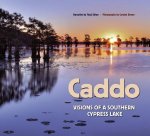
Caddo
814 Kč -

Introducing Oceanography
495 Kč -

Oceanology
1102 Kč -

Oceans of Kansas, Second Edition
991 Kč -

Ocean Animals Sticker Activity Book
155 Kč -
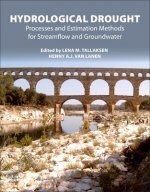
Hydrological Drought
5225 Kč -

Lakes: A Very Short Introduction
271 Kč -

Our Changing Planet
1518 Kč -

Under the Sea-Wind
382 Kč -

Rainfall-Runoff Modelling - The Primer 2e
2779 Kč -

Attacking Ocean
614 Kč -

Oceans: A Very Short Introduction
271 Kč -

World Is Blue
384 Kč -

Middle Sea
463 Kč -
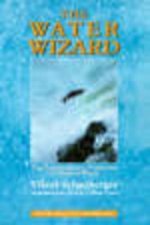
Water Wizard
704 Kč -
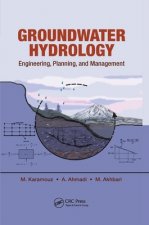
Groundwater Hydrology
2547 Kč -

Log from the Sea of Cortez
464 Kč -
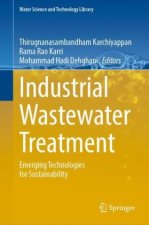
Industrial Wastewater Treatment
5094 Kč -
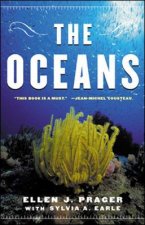
Oceans
756 Kč -

Alien Ocean
1053 Kč -
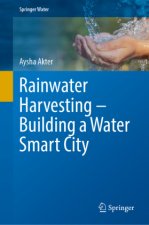
Rainwater Harvesting-Building a Water Smart City
4798 Kč -

Ocean Worlds
357 Kč -

Essentials of Oceanography
3056 Kč -

Atlantic
410 Kč -
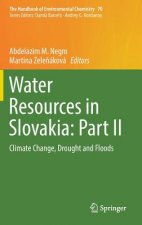
Water Resources in Slovakia: Part II
8953 Kč -

Atchafalaya River Basin
945 Kč -

Principles of Snow Hydrology
1706 Kč -

Water
516 Kč -

Applied Hydrogeology
2479 Kč -

Advanced Dam Engineering for Design, Construction, and Rehabilitation
6578 Kč -

Fluvial Processes in Geomorphology: Seco
984 Kč -
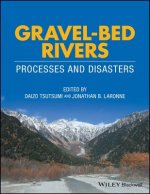
Gravel-Bed Rivers - Processes and Disasters
6169 Kč -

Geology for Geotechnical Engineers
1404 Kč -
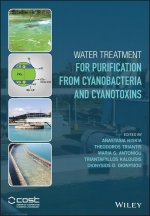
Water Treatment for Purification from Cyanobacteria and Cyanotoxins
4917 Kč -

Tracers in Hydrology
3213 Kč -

Tsunamis
282 Kč -

Mapping the Deep
628 Kč -
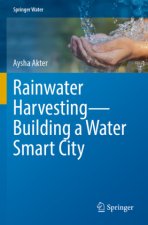
Rainwater Harvesting-Building a Water Smart City
4322 Kč -

Ocean Surface Waves: Their Physics And Prediction (2nd Edition)
2699 Kč -

Introduction to Physical Oceanography
3611 Kč -
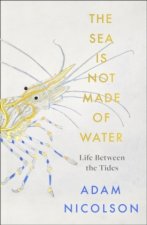
Sea is Not Made of Water
474 Kč -
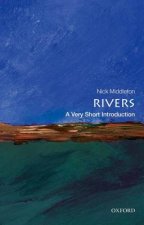
Rivers: A Very Short Introduction
324 Kč -

Book of Tides
765 Kč -

Offshore Structures
3017 Kč -

Sea Ice Biota
7095 Kč -

Design of Hydraulic Gates
9582 Kč -

Descriptive Physical Oceanography
2665 Kč -

Manual of Offshore Surveying for Geoscientists and Engineers
5094 Kč -

Advanced Treatment Technologies for Fluoride Removal in Water
4798 Kč
Osobní odběr Praha, Brno a 12903 dalších
Copyright ©2008-24 nejlevnejsi-knihy.cz Všechna práva vyhrazenaSoukromíCookies


 Vrácení do měsíce
Vrácení do měsíce 571 999 099 (8-15.30h)
571 999 099 (8-15.30h)